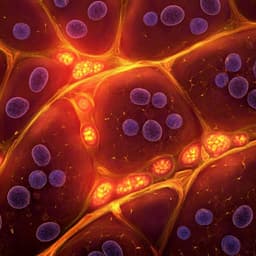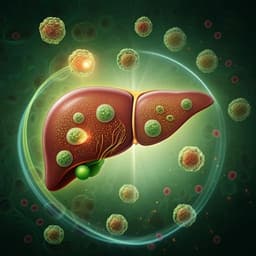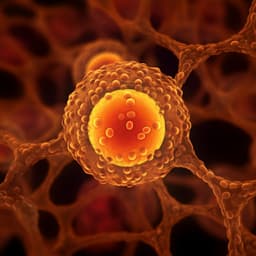
Medicine and Health
Itaconic acid underpins hepatocyte lipid metabolism in non-alcoholic fatty liver disease in male mice
J. M. Weiss, E. M. Palmieri, et al.
Discover the groundbreaking research by Jonathan M. Weiss and colleagues, which unveils the role of itaconic acid in mitigating lipid accumulation in liver diseases. This study investigates how macrophage-derived itaconate can potentially reverse adverse metabolic conditions in non-alcoholic fatty liver disease.
~3 min • Beginner • English
Related Publications
Explore these studies to deepen your understanding of the subject.







